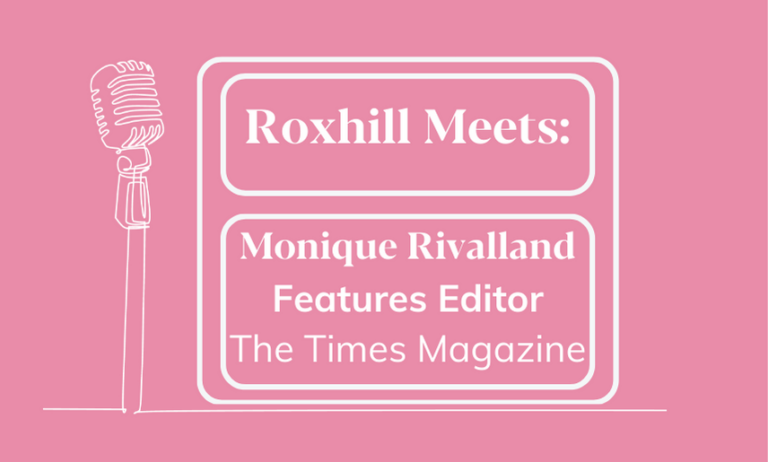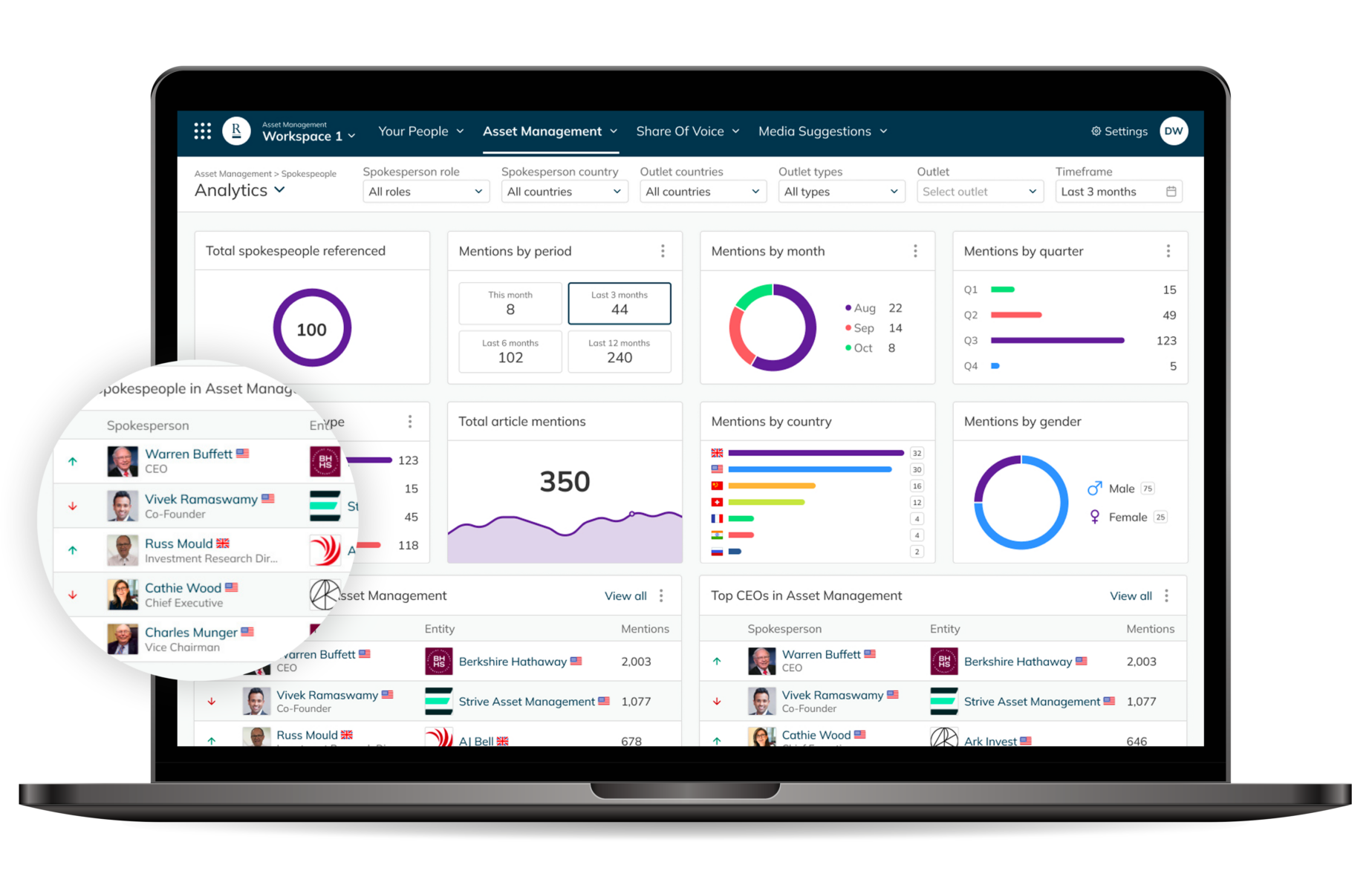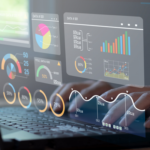Spokespeople monitoring is a powerful tool used to see how your spokespeople are performing in the media.
But did you know it is different to media monitoring?
We will take you through the definitions, key differences and benefits of using spokespeople monitoring and media monitoring.
What is a spokesperson?

A spokesperson is someone who speaks about and represents a brand or organisation in the media, such as newspapers and magazines.
Spokespeople are useful:
- in making brands more personable
- building connections with their audience
- and protecting the brand’s reputation.
The purpose of a spokesperson is to achieve as much media coverage as possible to:
- promote the achievements of brands
- defend the brand’s reputation through crisis management.
Media coverage helps spokespeople to spread messages about the brand to a wide audience.
If spokespeople are covered in media outlets relevant to their brand, there is a stronger guarantee their message is reaching their target audience.
Learn more about who spokespeople are in our best tips for getting your spokespeople on TV.
What is spokespeople monitoring?
Spokespeople monitoring is a tool or software used to track, analyse and measure how people think and feel about your spokespeople in the media.
Spokespeople monitoring is also useful to measure how your spokespeople are performing in the media compared to your competitors, using the number of media coverage as a key metric to measure.
How to monitor spokespeople?
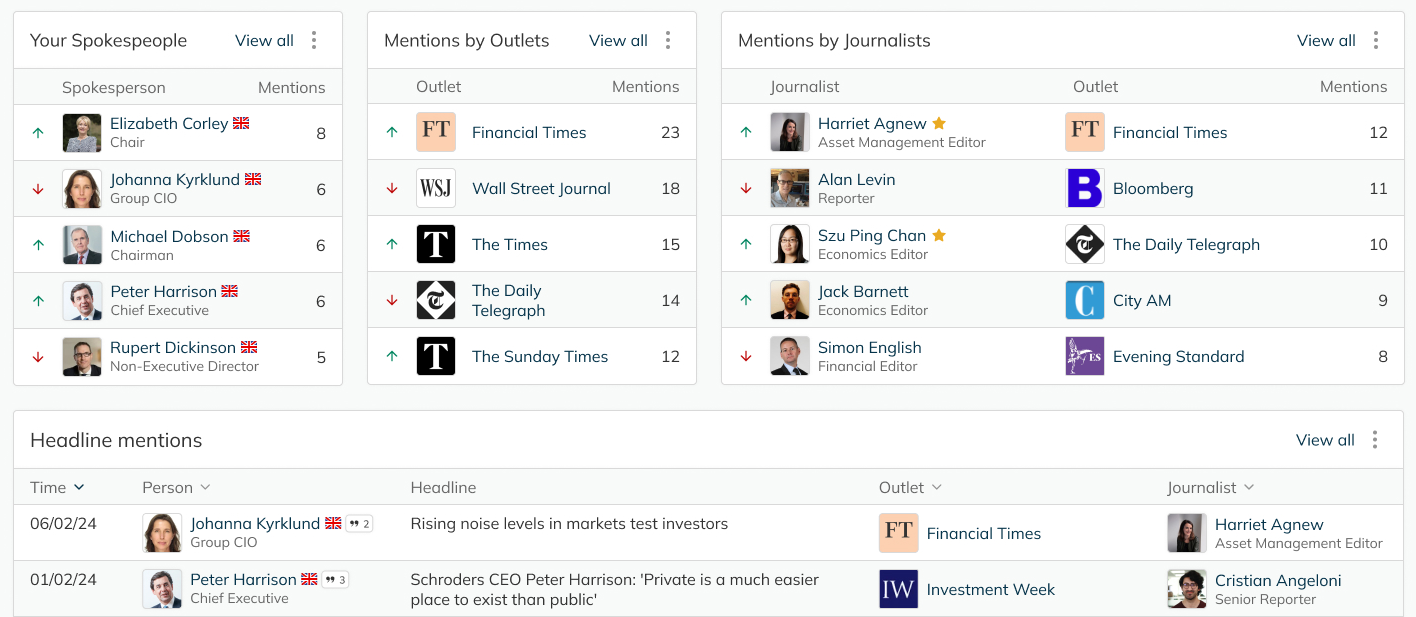
1. Spokespeople monitoring tools
A great example is Spokespeople Analytics, which can help you track, analyse and measure media coverage of your spokespeople all in one place.
These tools typically track spokespeople’s performance by monitoring their names mentioned in media outlets, such as newspapers and magazines.
2. Sentiment analysis
A process of identifying and categorising opinions in text, such as magazines and newspapers, to know if a writer’s attitude towards the spokesperson is positive, negative or neutral.
The value of monitoring spokespeople
Spokespeople monitoring is beneficial to brands who are looking to measure media coverage of their spokespeople, learn insights into where to pitch your spokespeople in specific industries and key journalists brands should connect with.
Spokespeople monitoring...
1. Identify trends across roles and topics
By identifying roles and topics trending online, it helps you identify what your spokespeople should talk about in the media. This will help you achieve higher number of media coverage for your spokespeople.
2. Measures how your spokespeople are performing against your competitors
It gives you a unique advantage to identify the gap in the market and use this new opportunity to achieve more media coverage than your competitors.
3. Discover how much media coverage your spokespeople are getting and how the public sees your spokespeople
Spokespeople monitoring helps you stay ahead of the game by identifying any negative perceptions and quickly addressing them in the media to keep the reputation of your spokespeople and your brand positive.
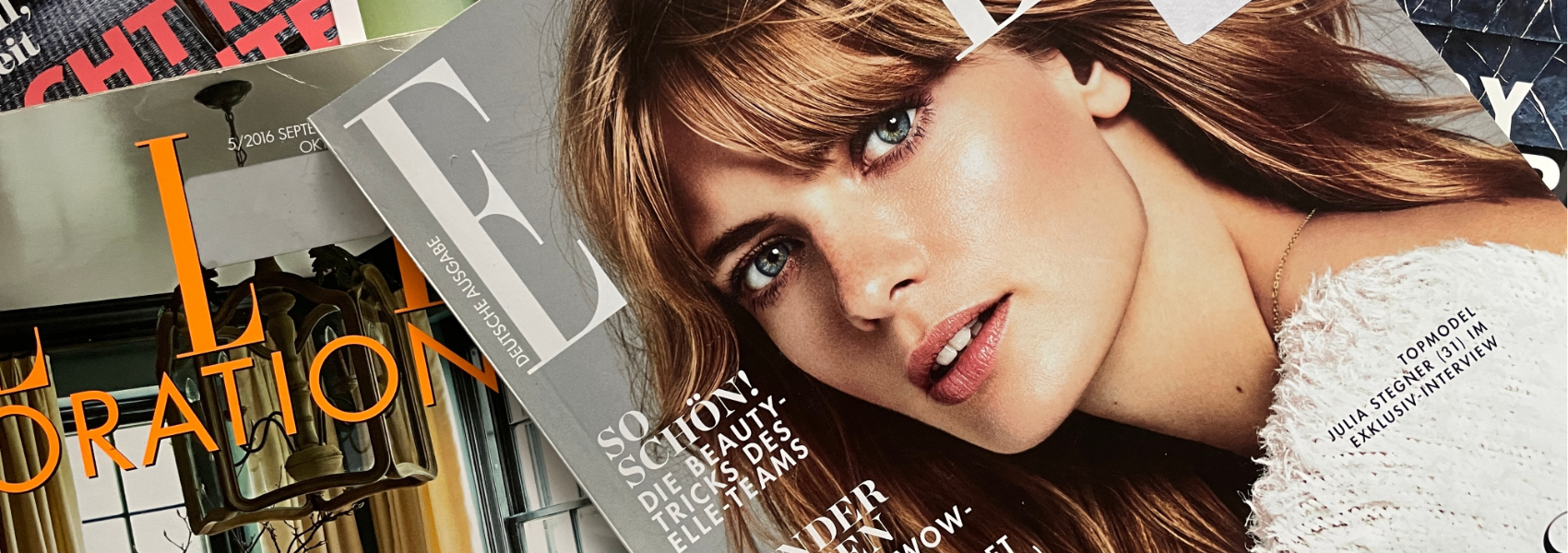
4. Identify which journalists are relevant to your spokesperson
It is useful to put together a list of relevant journalists you should connect with and get media coverage from based on the number of spokespeople they wrote about and which media outlets they write for.
5. Spot potential issues early
In crisis management, it is essential to identify negative media coverage of your spokespeople early to protect your business reputation.
What is media monitoring?
Media monitoring is a tool used to track, measure and analyse media channels to understand how the brand is represented in the media and perceived by the public. Media monitoring is different to spokespeople monitoring. Media monitoring has a generic focus on monitoring brand image, not spokespeople specifically.
Types of media monitoring
News monitoring
News monitoring helps professionals to track mentions of their brand, product or services in traditional media outlets, such as newspapers and magazine news.
It allows you to keep up to date with industry trends and how much media coverage your brand receives vs your competitors.
Online reputation
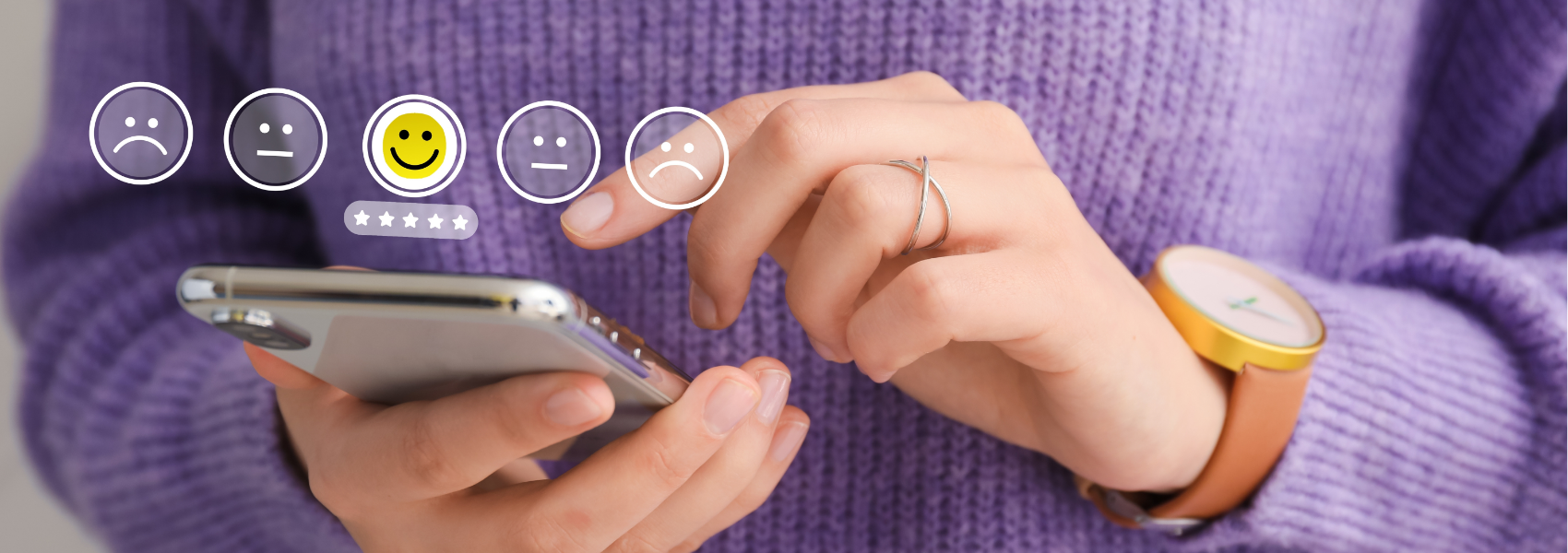
It involves monitoring and managing business reputation, this is essential to making sure your brand is positively seen in the media and building a good relationship with your target audience.
This is useful for crisis management, so you can identify and address any negative reviews making sure your business reputation stays positive online.
One of the ways you can do this is by using sentiment analysis.
Competitor monitoring
Competitor monitoring is useful to see how the public perceives your competitors.
This involves tracking mentions and activities of your competitors to identify their strengths and weaknesses.
It is useful to inform your business strategy in identifying and taking advantage of pursuing the gap competitors are missing.
What are the benefits of using media monitoring?
1. Monitors media coverage
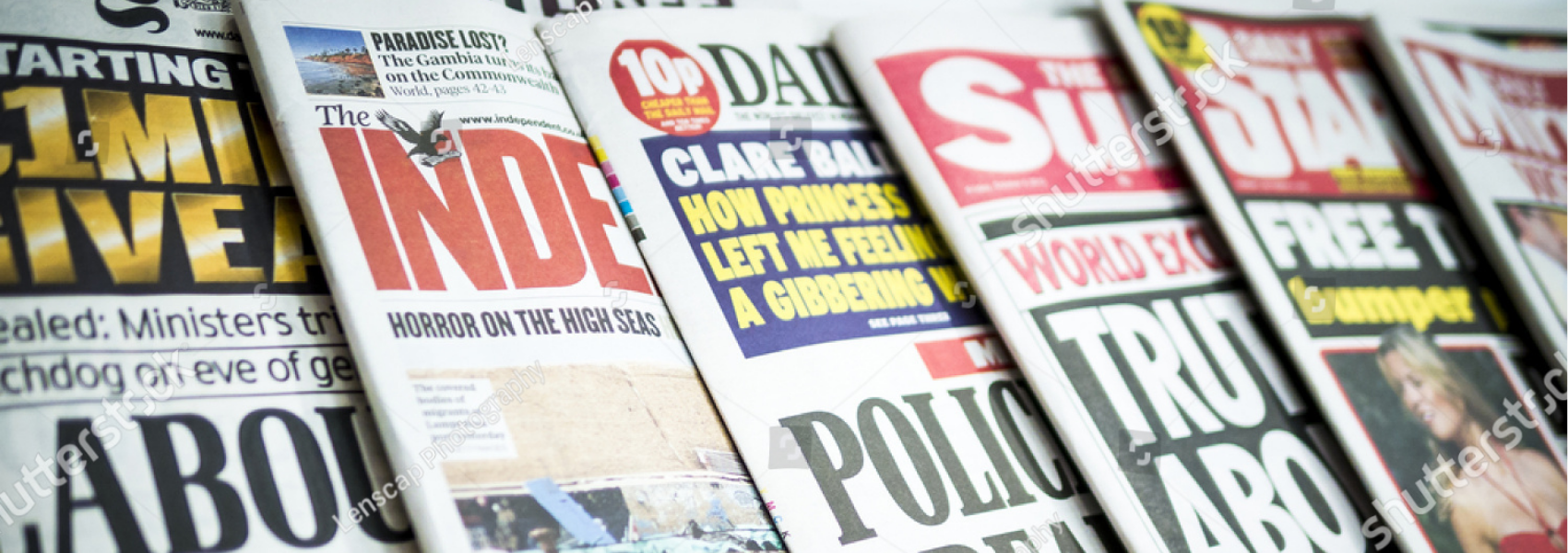
This is essential to understanding your target audience and seeing if you are targeting audiences most relevant to your brand.
For example, for PRs, media monitoring is useful to identify if the brand is covered by journalists most relevant to them based on their specialism.
As a result of media monitoring, PRs are then able to put together a press list using a PR database to ensure they are targeting the most relevant journalists based on article tagging.
2. Helps to monitor business reputation
Media monitoring is a useful tool for identifying negative comments, reviews or mentions of the brand, which can then be used to quickly address and manage damage control to maintain a positive reputation of your business.
This can be done through news monitoring and online reputation management.
Maintaining your business reputation through media monitoring helps you to build loyalty, trust, and engagement with your audience by addressing any concerns or questions they have about your brand.
3. Keeps you updated on your competitors

Monitoring mentions, interactions, comments, and reviews of your competitors can give you an insight into your competitor’s strategy, identify weaknesses and identify new opportunities to gain a competitive edge.
Differences between spokespeople monitoring and media monitoring
What is the purpose?
Spokespeople Monitoring:
To track, measure and analyse the performance of spokespeople in the media.
This is by seeing how well your spokespeople are covered in the media, how they are seen by the public and identify new opportunities to improve their media coverage.
Media Monitoring:
To generally focus on how your brand is represented in the media by monitoring how the public sees your brand, not spokespeople specifically.
What approaches do they use?

Spokespeople Monitoring:
The approach spokespeople monitoring uses is to monitor mentions of spokespeople’s names. This is used to track what media outlets, headlines and journalists mentioned your spokespeople. A good example of this is Roxhill’s Spokespeople Analytics.
Media Monitoring:
Media monitoring tracks mentions of your brand name through reputation management, news monitoring, competitor monitoring and crisis management.
What can you achieve?
Spokespeople Monitoring:
Using spokespeople monitoring will help you gain insights into where your spokespeople are covered and mentioned in the media and identify which journalists are the most relevant to your spokespeople.
This is to help you identify new opportunities for your spokespeople to get more media coverage with the most relevant journalists.
Media Monitoring:
Media monitoring will give you a better idea of how your brand is perceived by the public through media coverage and helps you maintain a positive brand image across media outlets.
Should you use both spokespeople monitoring and media monitoring?
Yes, spokespeople and the brand (in general) work together to ensure the reputation of the brand is positive in the media. Therefore, their performances in the media are linked to one another and can cause negative effects if not monitored closely.
For example, if a brand is portrayed negatively in the media, spokespeople need to make sure they represent the brand positively as part of crisis management.
However, if spokespeople do not get a lot of media coverage, then their job of spreading positive messages about the brand is limited, which then puts a disadvantage to the brand image in the media.
Spokespeople monitoring and media monitoring work together

Using both spokespeople monitoring and media monitoring is essential to keep an eye on how well your spokespeople and brand are covered in the media and how they are perceived by the public.
Without monitoring brand image, if your brand reputation is positive, negative or neutral. It makes it difficult to give your spokespeople the context needed on how to speak about the brand to the media.
Without monitoring spokespeople, you would not know how much media coverage is seen, where they are covered and how they are seen by the public.
The performance of your spokespeople makes an impact on your brand image.
Learning how your spokespeople and brand are performing in the media helps you create a comprehensive PR strategy
This is done by making sure your spokespeople and brand are relevant to your target audience, you’re aware of trends in your industry and you stay ahead of your competitors in media coverage.
Spokespeople monitoring in a nutshell
Spokespeople monitoring is a useful tool to track, analyse and measure how well your spokespeople are covered in the media based on mentions of spokespeople’s names in media outlets, such as newspapers and magazines.
The key difference is spokespeople monitoring focuses specifically on media coverage of spokespeople, whereas media monitoring focuses on monitoring your organisation in general.
Using both types of monitoring is useful to create a comprehensive PR strategy to ensure spokespeople are portraying brands positively in the media.
Roxhill’s Spokespeople Analytics is a powerful tool to track, analyse and measure the performance of your spokespeople tailored to your industry and needs all in one place.


